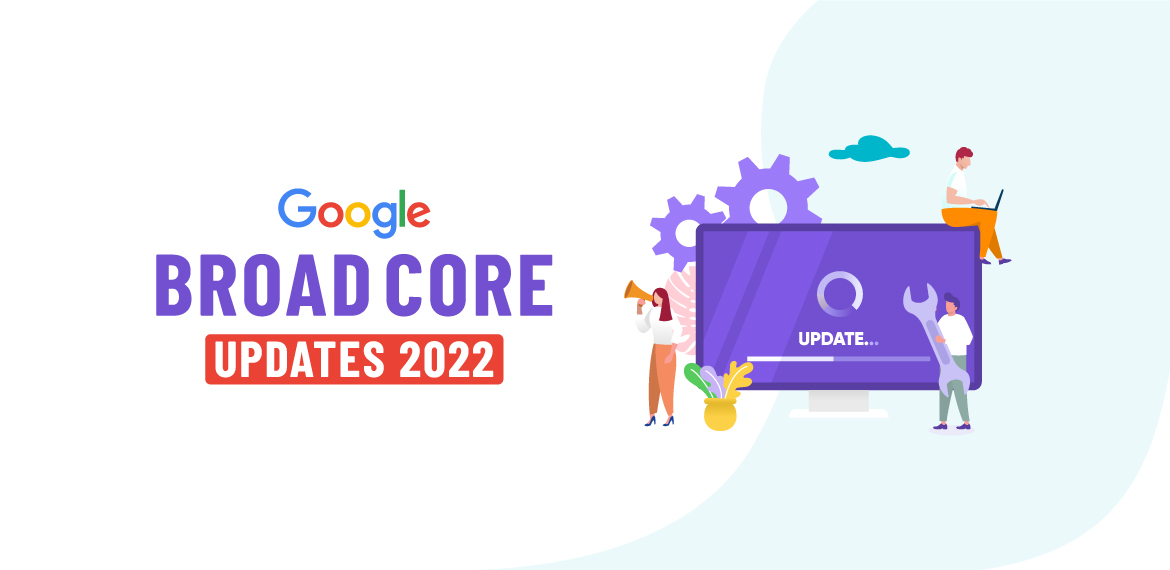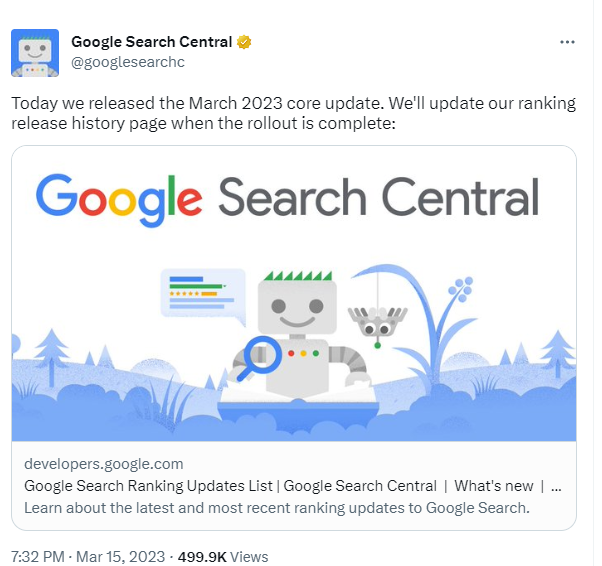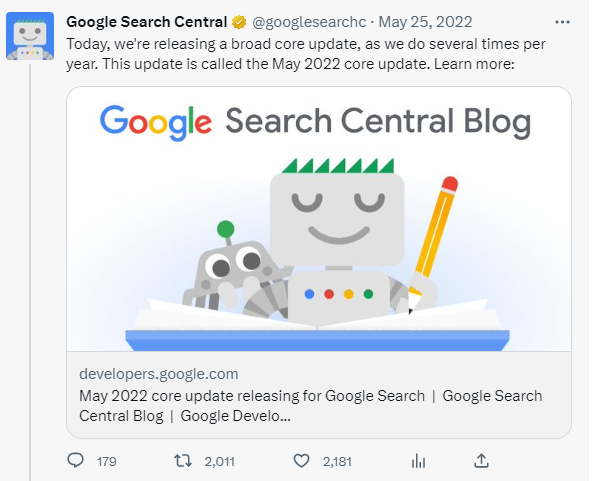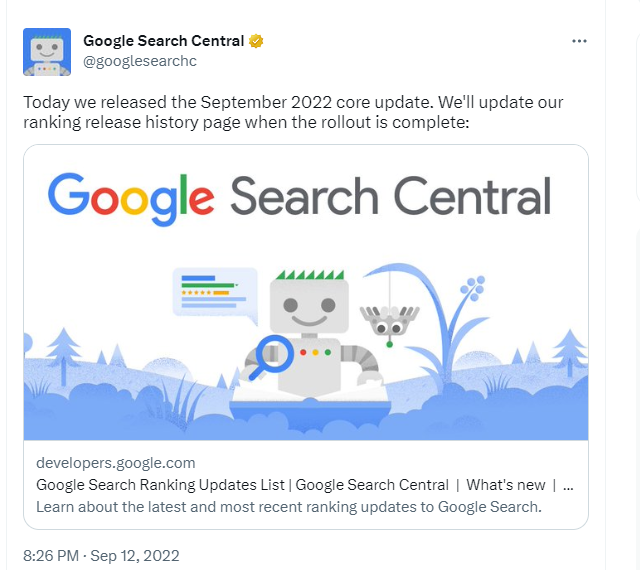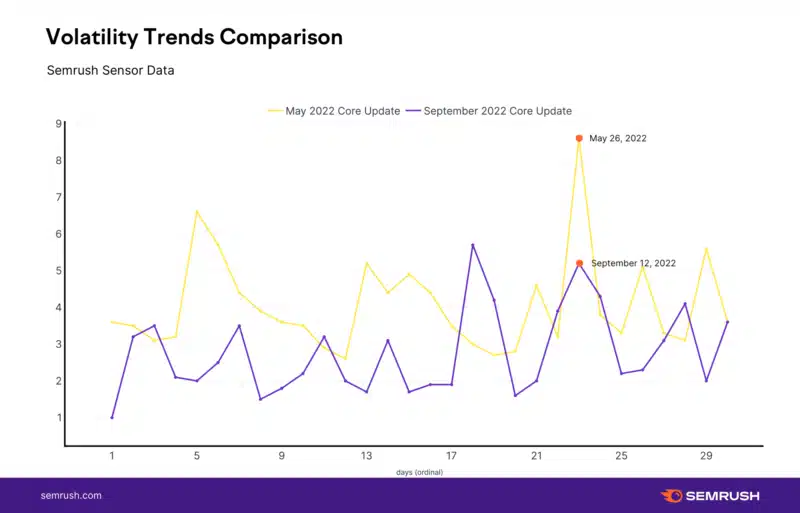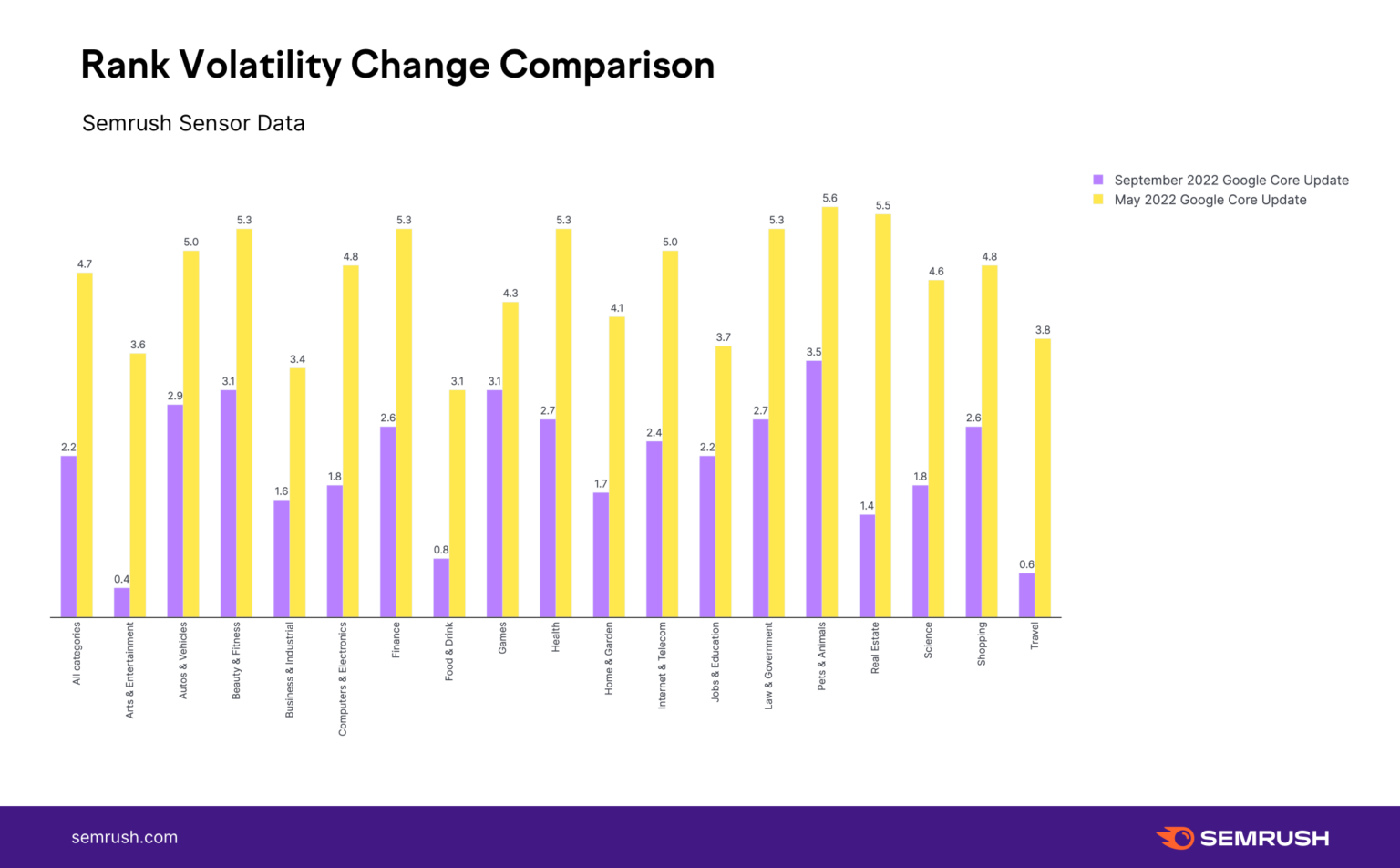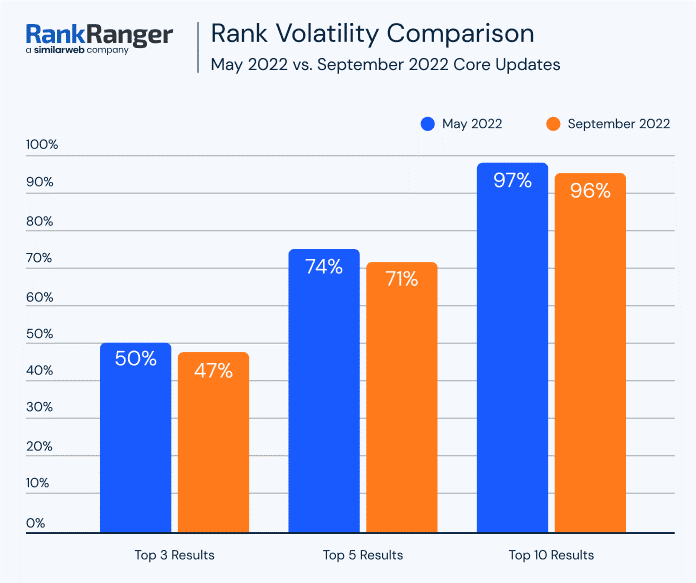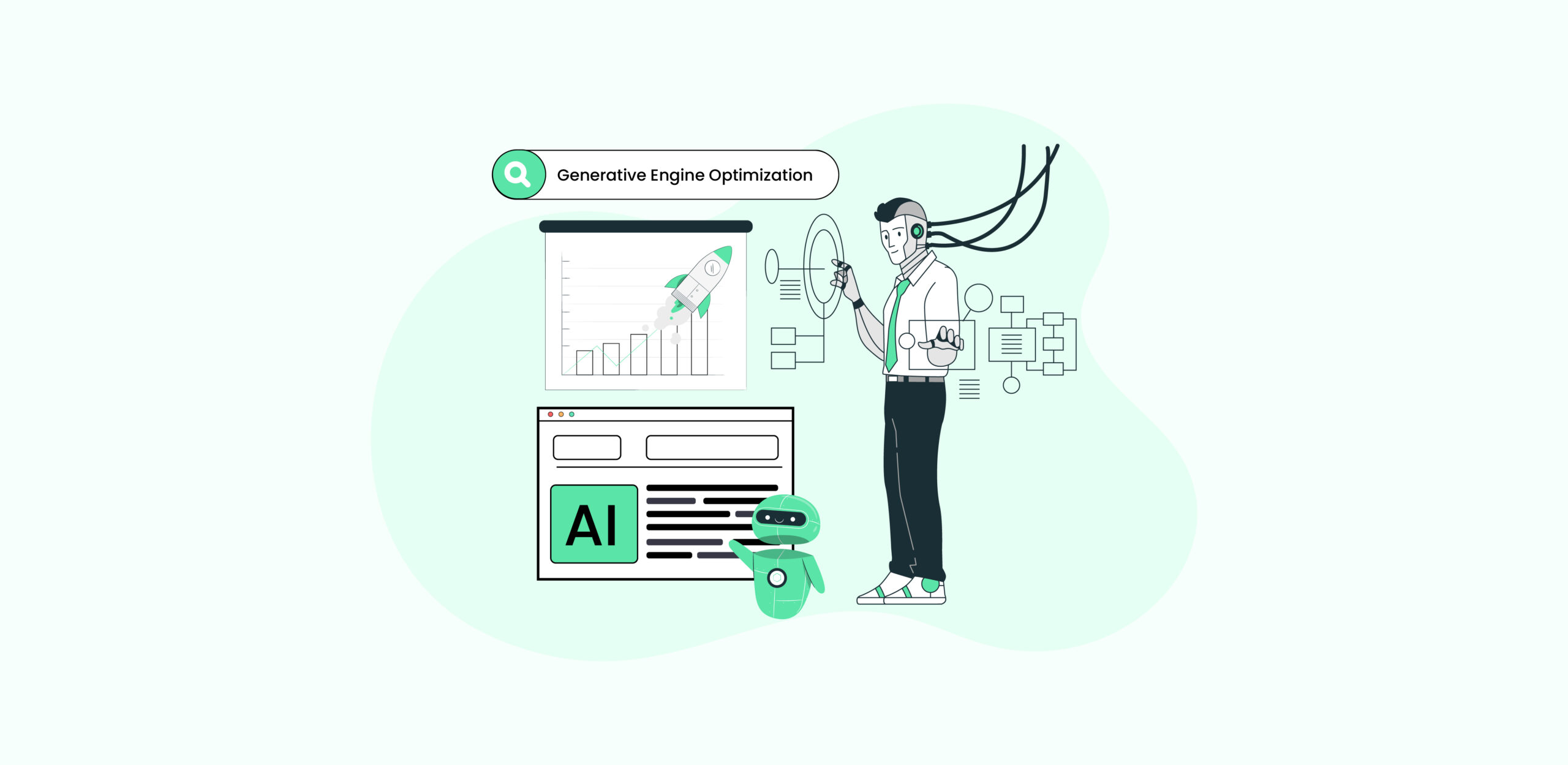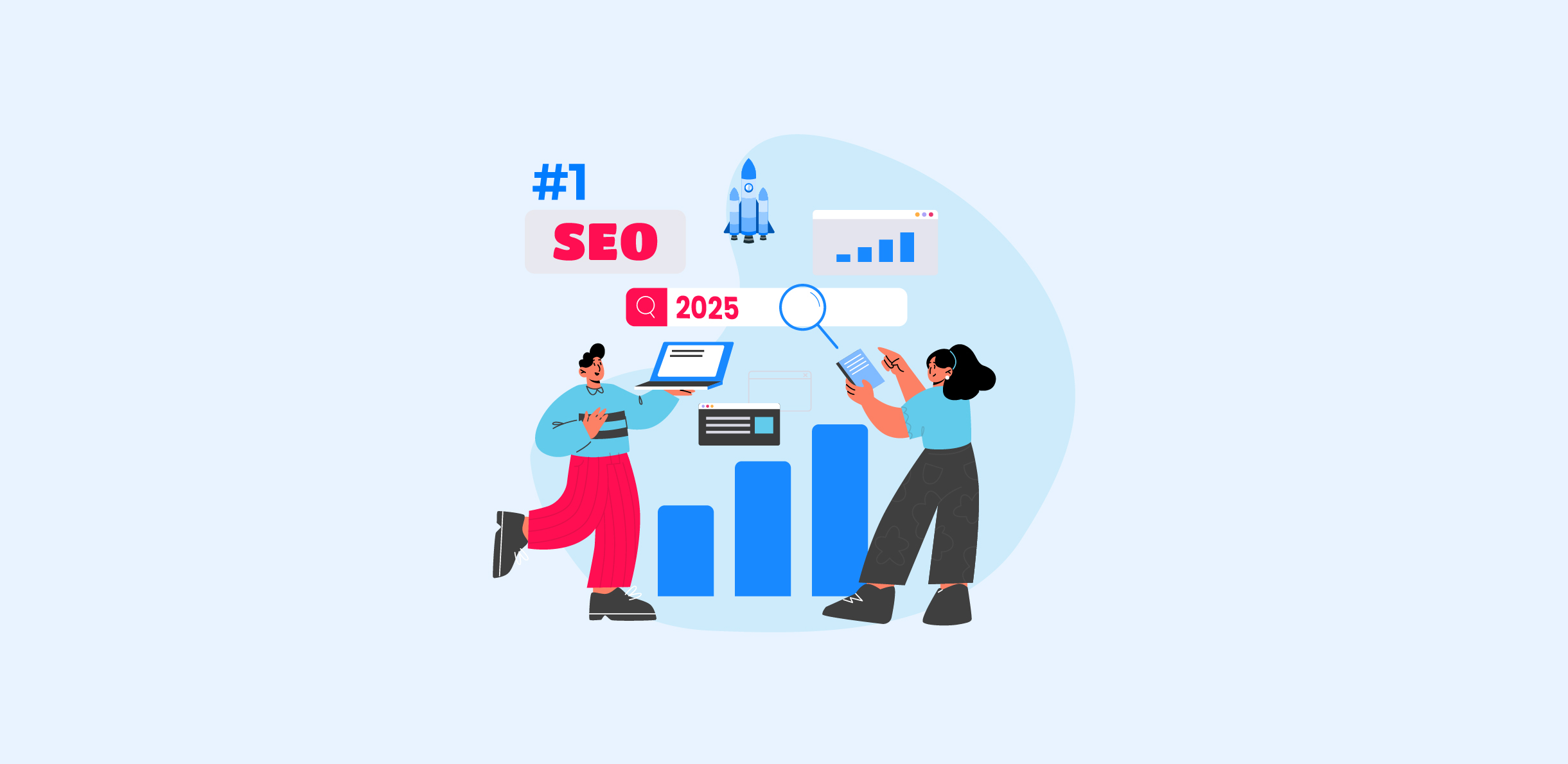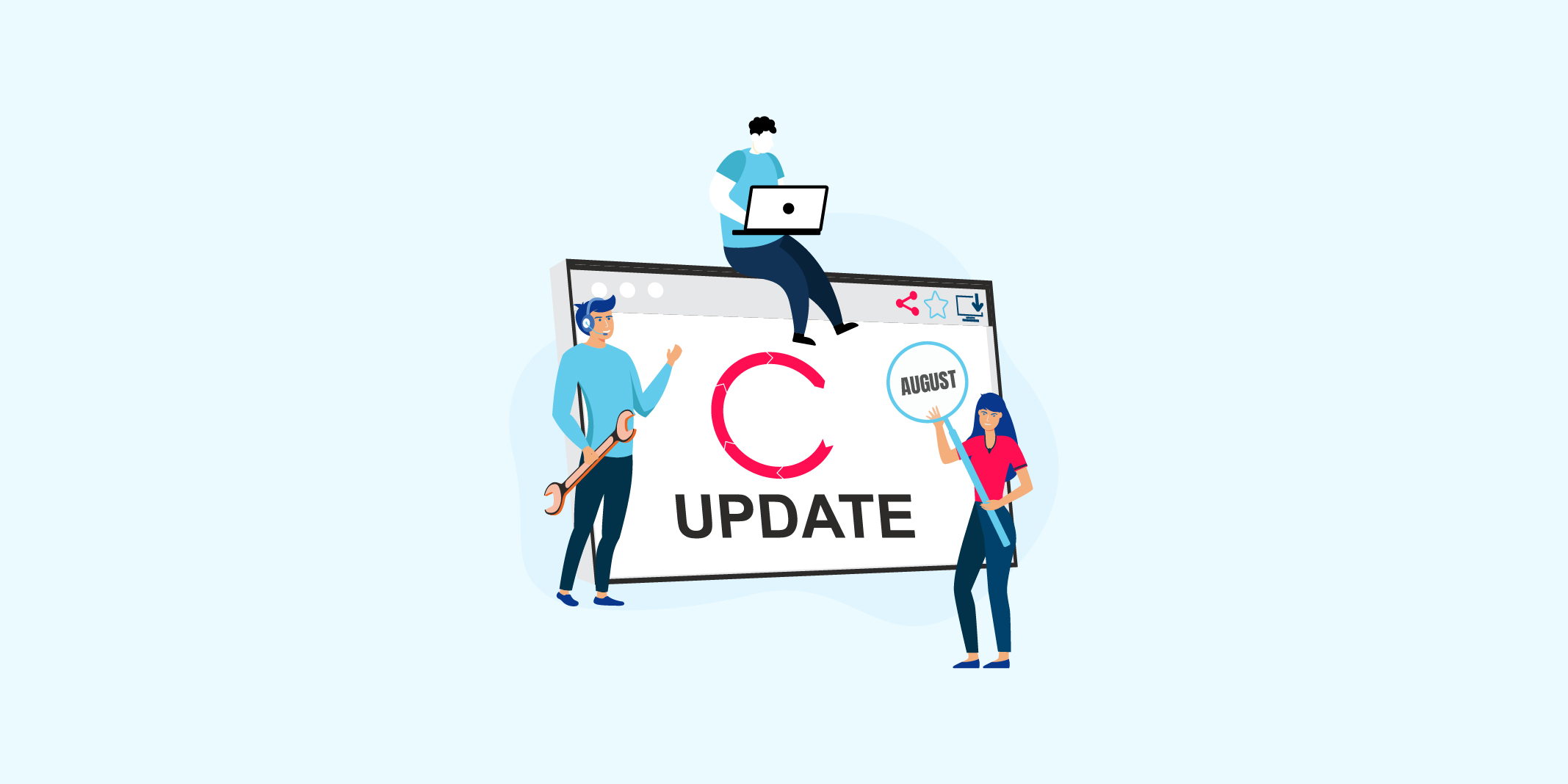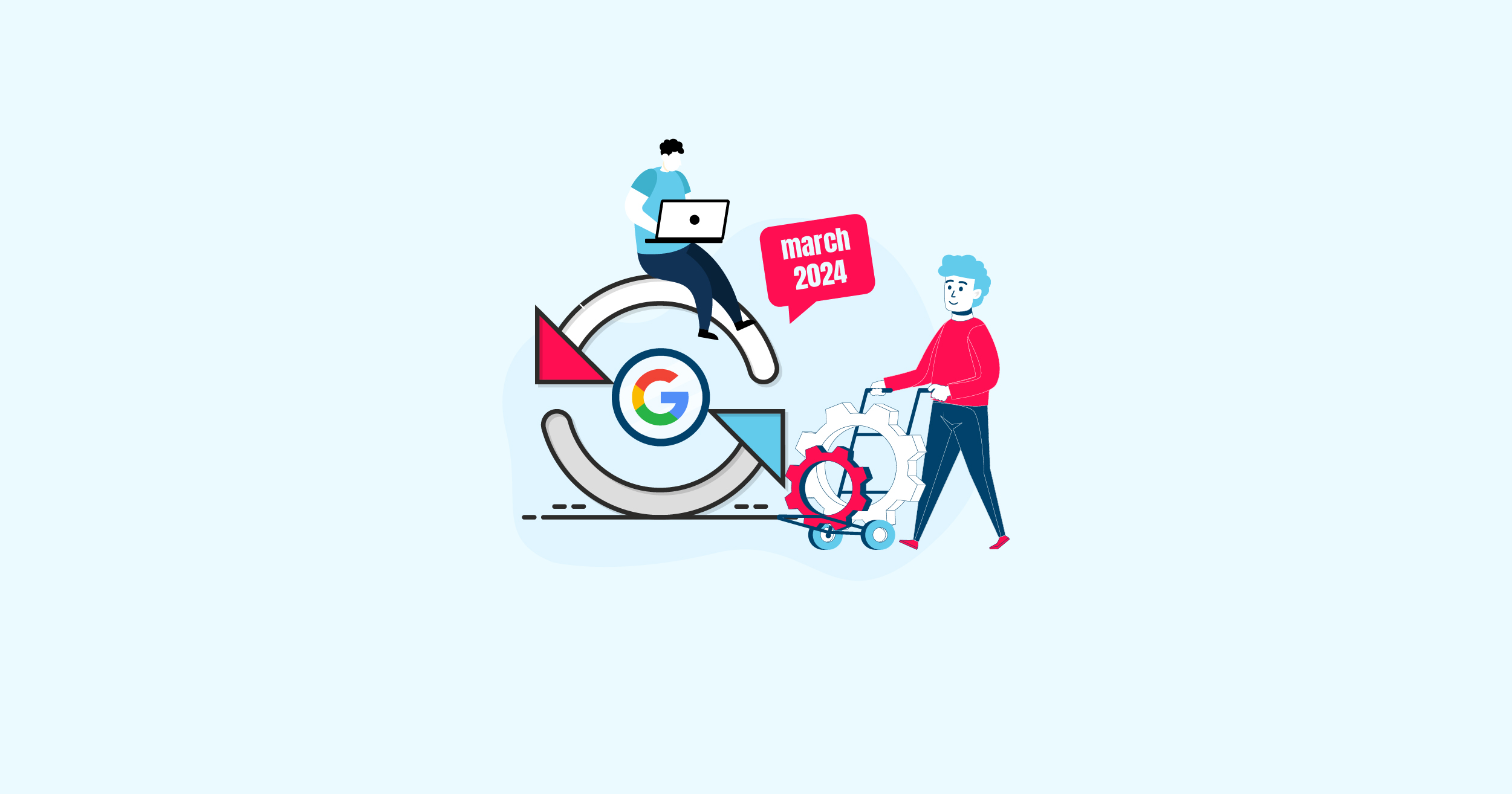The entirety of the digital world is getting more advanced, refined, and smart. Speaking of being smart, let’s talk about Google algorithms today.
Over the years, the algorithms of search engine giants have become smarter and more intelligent, and they continue to get better. And Google Core updates are one of the contributing factors to it. In this blog, we’ll take a deep dive into Broad Core Updates: what they are and what you should do when they happen.
Google rolls out the first Broad Core Update of 2023
The first Broad Core Update of 2023 is here. It’s the first core update in the last six months. And it will take a couple of weeks for a rollout to complete.
Your search ranking is likely to fluctuate during and after the rollout period. So, be vigilant and keep an eye on your rank volatility on a day-to-day basis.
At the moment, it’s too early to assess the update’s impact overall and discuss takeaways. Things will be clearer once the rollout is complete.
However, the aim of these broad updates is the same: they’ll improve the algorithms to deliver relevant and useful results.
Google Core Algorithm Update 2022
In the past year, we saw two Broad Core Updates. One on May 25 and another on September 12.
The update, which was rolled out on May 25, was the first broad core update in more than six months since November 2021.
It is a fact that the Google Algorithm is always undergoing changes, but the Core Algorithm Updates tend to be more noticeable as compared to the smaller updates. On the day of the update release and after the rollout was complete, SERPs displayed rank volatility across a variety of niches.
Website owners, search engine marketers, and publishers experienced a change in rankings, traffic, and eventually revenue too.
In short, both updates caused a major impact. But before doing a case study on that, let’s get to know the basics first.
What are Core Algorithm Updates?
In case you don’t know, Google’s core algorithm is a collection of algorithms that interpret signals to rank websites. And that’s how Gary Ilyes defines it, too.
So, Google makes major improvements to its algorithm every year and calls it Core Updates. These updates roll out when changes are made to the multiple parts of the algorithm.
According to Google, “Several times per year, we make substantial improvements to our overall ranking processes, which we refer to as core updates. Core updates are designed to increase the overall relevancy of our search results and make them more helpful and useful for everyone.”
So we get it: these updates are designed to improve Google’s systems overall. It is a big deal in the way that Google refines its algorithms to rank and interpret billions of web pages. It’s similar to something like Google revamping its system, hitting that refresh button, and reassessing the content all over again based on a new set of rules for ranking.
This impacts your site’s position on SERPs, rankings, traffic, and, eventually, revenue.
Here’s a fact: these updates are considered “broad” because they don’t target anything specific. As they have wide scopes, Google doesn’t elaborate anywhere on what the update actually is and in what ways it will affect the websites. So, it’s hard to figure out and prepare for the upcoming impact beforehand.
History
If we go back in time, we realize that it was March 9, 2018, when the first official broad core algorithm was rolled out.
But that doesn’t mean 2018 was the year core updates were rolled out by Google for the first time. Google just took a step forward and decided to make the public announcement.
So, since 2018, Google has been officially documenting the Broad Core Algorithm Updates, although they were not something new at that time. Google just accepted that they’ve done these updates routinely several times per year. It implies that over the years, there have been multiple unconfirmed broad core algorithm updates by Google, which we just don’t know.
And, of course, they were important because they reflected fluctuations in data and were noticed by SEOs and website owners. But Google never confirmed these.
Back in 2015, Google confirmed a core ranking change. In addition, in the same year, Quality Updates were rolled out, and they were quite similar to the broad core updates.
In the same context, Google made 3,200 changes to its core search algorithm in 2018. In 2020, the number of changes grew to 4,500, which is around 12 changes per day. These were a lot of changes that impacted ranking, revenue, traffic, and SERPs overall.
Some broad core updates take 14 days or more to roll out, while others roll out quickly. Speaking of which, we can better analyze how the update has affected the sites after the impact is spread out rather than exactly on the day of release.
The Impact of the Broad Core Updates 2022
With every algorithm update rolling out, you’ll see changes in SERPs. By that I mean, some webpages or websites that were previously under-rewarded start doing better in search results.
Now, when it comes to the updates’ impact across the web, this Search Engine Land article discusses the effects in detail.
Mordy Oberstein, Semrush Communication Advisor, declared that the September Update was weaker than the May update in comparison.
He said, “This update was far weaker overall than the May update, which was weaker than the November update.”
Here’s a chart displaying Semrush Sensor data. Semrush Sensor is a tool that is designed to measure the search algorithm’s volatility. It uses the daily rankings of millions of keywords and then collects important figures. It has a volatility scale that ranges from 0 to 10. The higher value on the volatility scale refers to the algorithm update rollout.
When the September core update rolled out, Semrush data showed visible rank volatility. But in comparison, it was 53% less than the May Update. If we compare the May 2022 and November 2021 Updates, we realize that the May Update was 19% less impactful. The September Update was significantly weaker than the two.
Here’s a Semrush Sensor Data chart showing rank volatility after the two updates across different niches.
On a scale of 10, a score above 5 is considered highly volatile. Analyzing the data from the May Update, we find the highest rank volatility in multiple niches: Pets & Animals, Real Estate, Law & Govt, Health, Finance, and Beauty & Fitness.
When we focus on the most volatile niches after the September update, we get Pets & Animals, Beauty & Fitness, and Games.
Again, this data set shows that the September update was less volatile compared to the update in May as it had a less significant impact overall. The following RankRanger Chart confirms the exact same thing in the top 10 results.
How to adapt to it
So everything comes down to one crucial point: how to recover if you’ve been affected. and how to adapt to it so the next rollout in line doesn’t hit you negatively. Based on Google’s advice, our research, and our experience of dealing with core updates all these years, here’s what you can do to recover:
Google’s Got Guidelines
Google shared this document on how to create helpful, reliable, people-first content. It has a long list of questions on Content and Quality Expertise, Presentation and Production, People-first content, Search Engine-first content, and more. It helps you assess your content and decide whether it meets Google’s standards or not. In addition, it’ll also give you a clear idea of what actually is quality content to Google.
Identify web pages that need improvement
Since the update’s impact is noticeable across all websites, you also need to identify your web pages that experienced significant traffic drop. Use a tool of your choice and list such problem pages in the spreadsheet.
Improve your problem pages
Analyze these pages and decide in which areas they’re lacking. Make sure they have updated information on the topic, cover all the details, and provide unique value to the audience. You can judge the content present there against the questions in Google’s guideline document. If you find discrepancies, you have some work to do.
A low website authority can also be one of the reasons to affect your website.
In that case, Google published a list of questions to determine if there are quality/authority issues with your content. You can go through it, and who knows, you will finally get to identify the real issue. In addition, put in maximum effort to gain high-quality backlinks as they may mitigate the effect of rank drop.
Go back to technical SEO Basics
After every core update, it makes sense to check your technical SEO side. Analyze your core web vitals, page loading times, site structure, links, SSL, and other elements to identify any issues and proceed to fix them.
Check out your competition
If your competitor is outperforming you after the update’s impact, it means their SEO, content, or any other element is better than yours. And you need to figure out that.
You can use any tool to check out which keywords are present in competitors’ web pages that you are missing. Find which websites are linking to them and what type of content they are putting out. This will help you examine your SEO and content strategy and make the necessary changes.
Publish fresh content
Do comprehensive research and vet topics based on your audience’s problems. Then, create in-depth pieces following EEAT and provide the solutions your audience needs. This way, Google will have your new, people-first content to rank.
Wrap up
Broad core updates occur after every few months. Also, Google constantly makes changes to the algorithms and rolls out smaller core updates that are mostly unannounced.
If you’re wondering how long it takes for a site to recover after you’ve made improvements, according to Google, the answer is until the next broad core update rollout. But as the smaller updates keep rolling out frequently, they can also cause your rankings to cover.
So you better not panic if you’re site has been affected by the update’s impact, instead, perform the analysis and execute the recovery operations on your website. And you’re likely to see your websites get back on higher spots in SERPs again.

